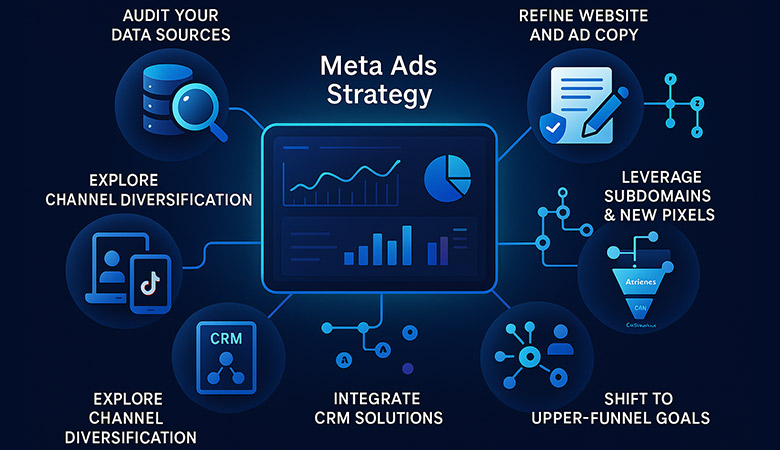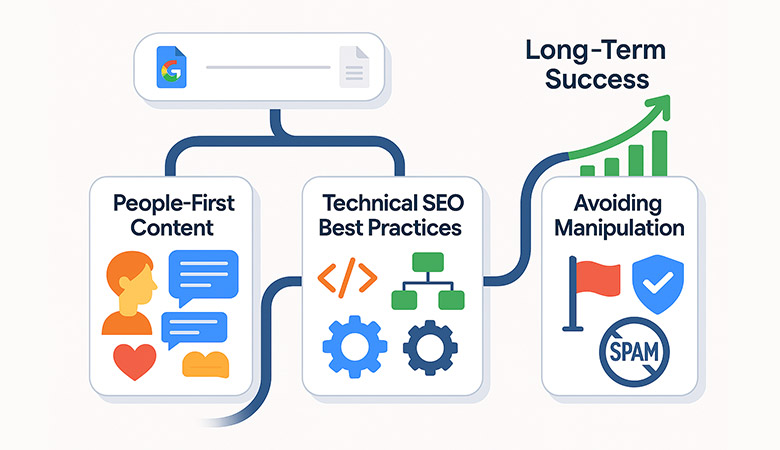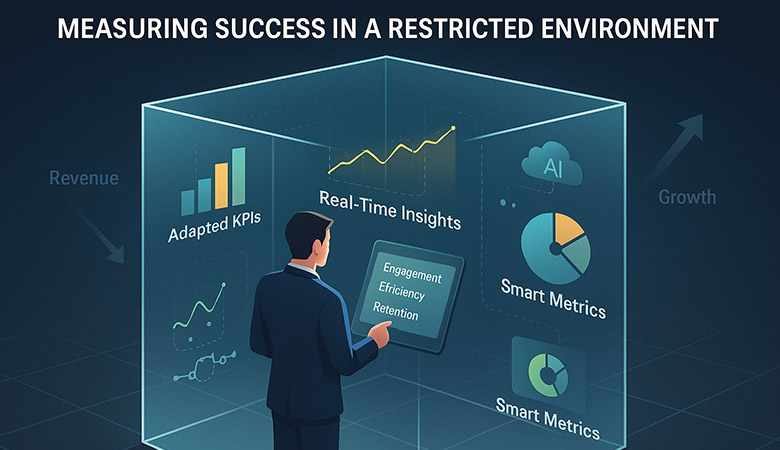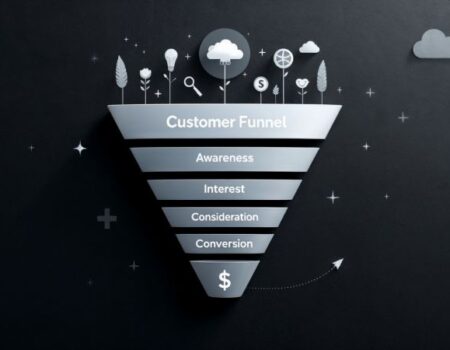Navigating Meta Ads Restrictions: A Comprehensive Guide for Health and Wellness Brands
In today’s fast-evolving digital world, businesses—especially startups, small enterprises, and e-commerce brands—rely heavily on platforms like Meta to drive growth and connect with their audiences. However, as of January 2025, Meta has introduced stringent advertising restrictions for health and wellness campaigns, reshaping how brands in this space can leverage its powerful ad ecosystem. At Engage Coders, we’ve spent over eight years helping businesses scale online through full-scale digital marketing strategies, user-centric web development, and data-driven solutions. With more than 500 successful projects under our belt, we understand the challenges these changes pose and are here to guide you through them.
This blog dives deep into Meta’s new policies, their impact on health and wellness advertisers, and actionable strategies to maintain campaign performance. Whether you’re a startup looking to scale, an enterprise seeking comprehensive digital solutions, or an e-commerce brand aiming for a high-performance online store, this guide offers a roadmap to adapt and thrive. From optimization limitations to channel diversification, we’ll explore how to pivot effectively while aligning with Google’s guidelines for high-quality, helpful content.
Understanding Meta Ads Restrictions: What’s Changed?
Why the Shift?
Meta’s tightened restrictions, effective January 2025, stem from a growing focus on privacy and legal compliance. Regulatory bodies like the U.S. Federal Trade Commission (FTC) have intensified scrutiny on how platforms handle sensitive health data, pushing Meta to limit its exposure to potential liabilities. For health and wellness brands—those tied to medical conditions, health statuses, or provider-patient relationships—this means a significant shift in how campaigns can be run on platforms like Facebook and Instagram.
The Scope of Restrictions
The new policies restrict advertisers from using key conversion events like “Purchase” or “Add to Cart” for optimization if Meta categorizes them as health-related. This impacts bottom-funnel strategies, such as retargeting and lookalike audience creation, which rely on the Meta Pixel to track user actions. Upper-funnel goals like awareness and engagement remain unaffected, but the inability to optimize for sales directly challenges ROI-focused campaigns. The categorization process, however, lacks full transparency, leaving many brands unsure of their status.
Examples of Affected Campaigns
Consider a vitamin brand: if marketed for a condition like arthritis, it faces restrictions, whereas a generic wellness supplement might not. Similarly, Botox ads for migraines are restricted, but cosmetic Botox campaigns may proceed unhindered. This inconsistency underscores the need for a proactive approach to auditing your data sources and ad copy.
The Impact on Health and Wellness Advertisers
Optimization Limitations: A New Reality
The loss of bottom-funnel optimization is a game-changer. Previously, the Meta Pixel allowed precise tracking of conversions, enabling brands to refine audiences and maximize ROI. Now, restricted advertisers must shift focus to broader metrics like reach or video views, which complicates measuring direct sales impact. For e-commerce brands aiming for high-performance online stores, this shift demands creative workarounds.
Targeting Challenges
Retargeting—once a cornerstone of health and wellness campaigns—is now curtailed for restricted accounts. Without access to detailed conversion data, building lookalike audiences becomes less effective, reducing the ability to reach high-intent users. This forces brands to rethink their audience strategies and explore alternative channels.
Compliance vs. Performance
Balancing compliance with performance is tricky. Meta’s restrictions aim to protect user privacy, but they also limit the tools that drive measurable growth. At Engage Coders, we see this as an opportunity to innovate—leveraging CRM integration, diversifying channels, and refining ad copy to maintain results within these new boundaries.
Strategies to Overcome Meta Ads Restrictions
Audit Your Data Sources
The first step is understanding your categorization. Check your domain’s status in Meta’s Events Manager under “Data Sources.” If flagged as “health and wellness,” you’ll face optimization limitations. Conduct a thorough data sources audit to identify triggers—condition-specific language on your site or pixel-tracked events tied to health outcomes could be culprits. Our team at Engage Coders has helped clients navigate this process, ensuring clarity and compliance.
Refine Your Website and Ad Copy
Subtle changes can make a difference. Adjust website content to avoid restricted triggers—swap “treats inflammation” for “supports joint health,” for instance. Similarly, craft ad copy that emphasizes benefits without medical claims. This keeps your campaigns compliant while preserving their appeal. Our expertise in SEO and content strategy ensures these adjustments align with search intent and user needs.
Leverage Subdomains and New Pixels
For brands with mixed offerings, create a subdomain (e.g., shop.yourdomain.com) with generic content and a fresh Meta Pixel. This isolates restricted elements, allowing unrestricted campaigns to run alongside health-focused ones. Our web development team specializes in performance-optimized solutions like this, ensuring seamless integration and scalability.
Shift to Upper-Funnel Goals
With bottom-funnel events restricted, pivot to upper-funnel objectives like brand awareness or traffic. Use engaging video ads or carousel formats to build interest, then guide users to conversion points off-platform—like email sign-ups or landing pages with CRM integration. This approach aligns with our data-driven transformation strategies, maximizing engagement without relying on Meta’s restricted tools.
Explore Channel Diversification
Don’t put all your eggs in one basket. Platforms like Google Ads, TikTok, or AppLovin offer viable alternatives for health and wellness campaigns. Google Ads, for instance, supports precise keyword targeting without the same health-specific restrictions, while TikTok excels at organic reach. Our full-scale digital marketing expertise helps clients diversify effectively, balancing Meta Ads with complementary channels.
Integrate CRM Solutions
CRM integration is a powerful workaround. Capture first-party data—like email addresses or phone numbers—through lead forms or landing pages, then use this data for retargeting outside Meta’s ecosystem. Tools like HubSpot or Salesforce, paired with our custom e-commerce solutions, enable seamless data flow and personalized follow-ups, offsetting Meta Pixel limitations.
Aligning with Google’s Guidelines for Long-Term Success
People-First Content
Google prioritizes high-quality, original content that demonstrates expertise, experience, authoritativeness, and trustworthiness (E-E-A-T). Whether you’re blogging about these Meta Ads changes or optimizing your site, focus on delivering value. At Engage Coders, we craft content that answers user questions—like how to adapt to optimization limitations—while showcasing our eight years of digital expertise.
Technical SEO Best Practices
A well-optimized site enhances visibility beyond Meta. Use descriptive URLs (e.g., /meta-ads-strategies), strategic internal linking, and mobile-friendly design—core elements of our user-centric web development process. Optimize images with alt text (e.g., “Meta Ads restrictions impact”) and ensure fast load times to meet Google’s technical standards.
Avoiding Manipulation
Google’s spam policies penalize AI-driven manipulation, but AI can assist in creating helpful content—like this blog—when guided by human expertise. We ensure transparency, using AI tools to enhance, not replace, our strategic insights. This aligns with Google’s people-first ethos and builds trust with your audience.
Measuring Success in a Restricted Environment
Redefining KPIs
With Meta Pixel limitations, traditional KPIs like cost-per-purchase shift to metrics like cost-per-click or engagement rate. Track off-platform conversions—like email sign-ups or sales via CRM integration—to gauge true ROI. Our data-driven approach helps clients redefine success metrics tailored to these changes.
Leveraging Analytics
Tools like Google Analytics or Meta’s Insights (for unrestricted events) provide visibility into campaign performance. Cross-reference these with CRM data to build a holistic picture. Our team at Engage Coders excels at ROI optimization, ensuring every dollar spent delivers measurable growth.
Addressing Common Concerns
How do I know if my Meta Ads account is restricted?
Check your Events Manager under “Data Sources” for your domain’s status. If labeled “health and wellness,” you’ll face restrictions. Conduct a data sources audit or consult our team for a detailed review.
Can I still use the Meta Pixel effectively?
Yes, but with limits. Unrestricted events like page views work fine, but conversion events like “Purchase” won’t optimize for restricted accounts. Consider a new pixel on a subdomain for flexibility.
What’s the best alternative to Meta Ads?
It depends on your goals. Google Ads offers precise targeting, TikTok boosts organic reach, and AppLovin suits app-focused campaigns. Channel diversification is key—our strategists can pinpoint the right mix for you.
How does ad copy impact restrictions?
Ad copy with medical claims (e.g., “cures pain”) can trigger restrictions, even if your site is clean. Focus on benefit-driven language (e.g., “enhances wellness”) to stay compliant.
Conclusion: Thriving Amid Change
Meta’s health and wellness ad restrictions present challenges, but they’re not insurmountable. By auditing your data sources, refining ad copy, leveraging CRM integration, and embracing channel diversification, you can maintain growth momentum. At Engage Coders, we’re committed to helping startups, enterprises, and e-commerce brands navigate these shifts with tailored digital solutions. Our seven-step process ensures transparency, quality, and results—whether it’s building a performance-optimized website, scaling your e-commerce store, or optimizing your marketing ROI.
The digital landscape is always evolving, and staying ahead requires adaptability. Let’s turn these optimization limitations into opportunities—contact us today to unlock your full online potential.











